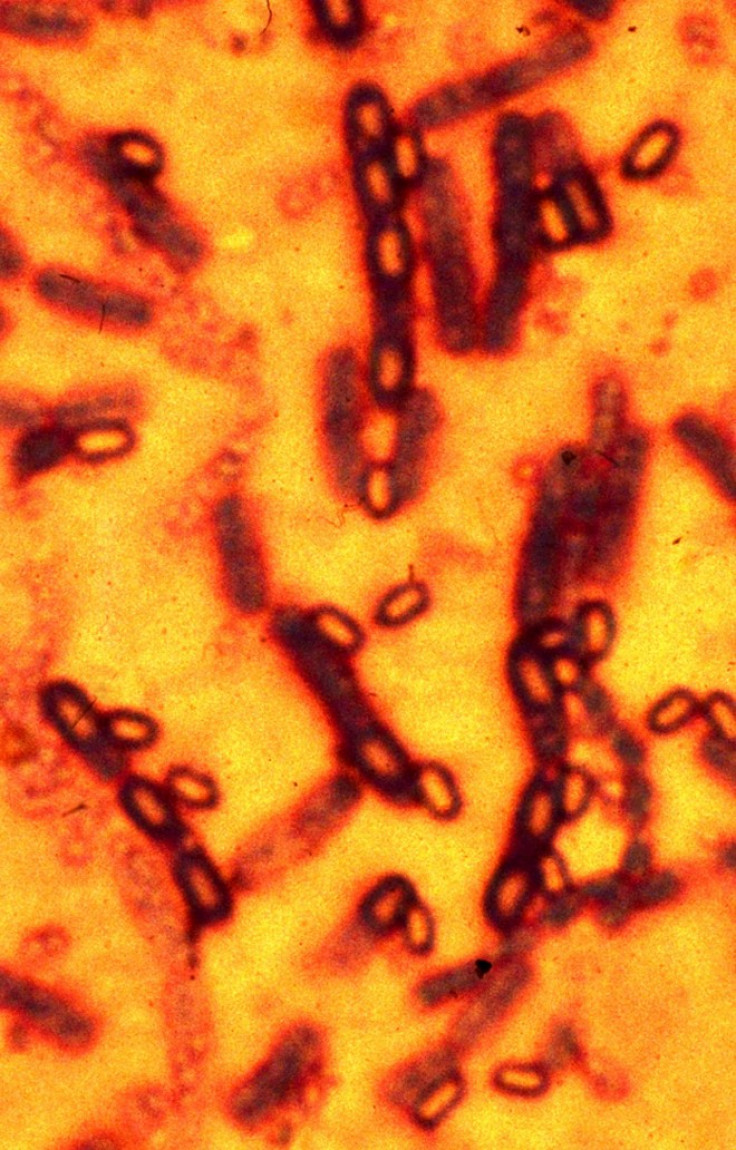US sent anthrax to 51 labs in 17 states and 3 nations

Samples of inactivated anthrax have been sent to a total of 51 labs in 17 states in the US besides Australia, Canada and South Korea.
The ongoing investigation is every day unveiling a wider scale to the mishap and officials believe the present number could go up, reports AFP.
The mistaken shipments of live anthrax sent by the US defence department a week ago were part of an operation to develop field tests to identify biological threats in the environment.
Pentagon officials, however, played down fears of any serious health danger despite four batches of the samples believed to be "dead" at a US Army lab in Utah turned out to be active.
The x-ray or gamma ray irradiation procedure used to inactivate anthrax can miss a few spores.
Anthrax spores are as tiny as 1 micron in diameter and a sample could contain 10 billion individual spores.
It takes more than a few spores to infect a person, say experts.
A special investigation, meanwhile, by USA Today across some of the top bio-secure labs in the US had uncovered deadly lab mistakes ranging from missing vials of engineered deadly bacteria missing to lab waste discarded in the open.
Over 100 security breaches, many in the biosafety level 3 and 4 labs, go unreported with no mandatory requirement for reporting lab-acquired infections.
Lack of protective gear for researchers, inadequate training in how to inactivate samples or recognise infection, caretakers of animals getting infected, etc were found to be common.
More than 100 labs experimenting with potential bioterror agents have been cited by regulators at the CDC and USDA for serious safety and security failings since 2003, the report noted.
© Copyright IBTimes 2024. All rights reserved.





